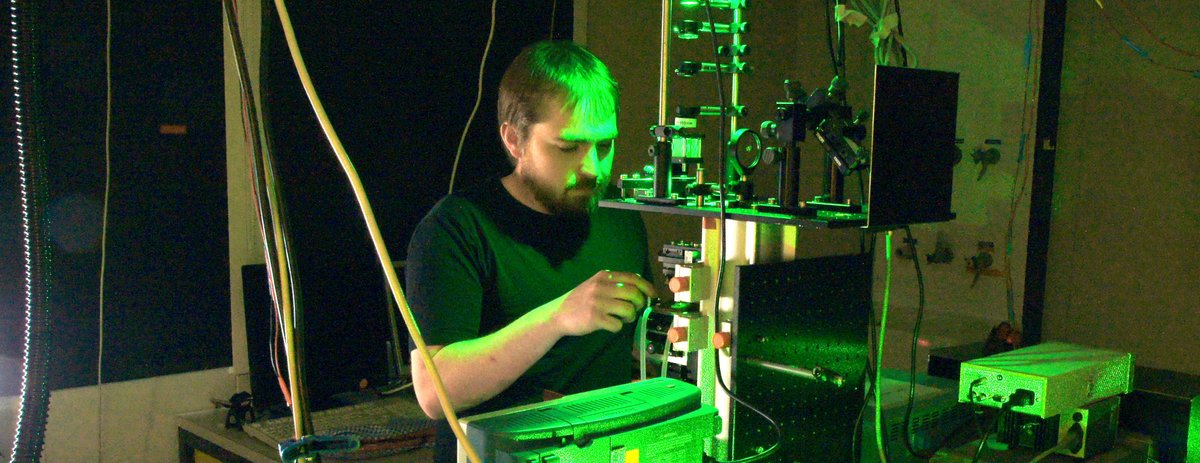
Master Positions
Find all currently offered Master Positions down below. Click on any interesting Position to obtain detailed information about the project.
Master positions
We permanently offer Master positions. If you are interested, please contact Prof. Bechinger directly.
